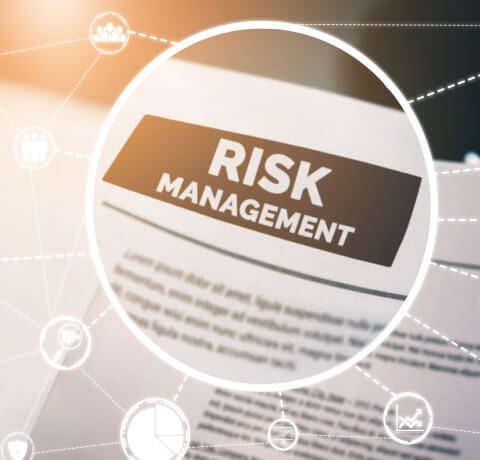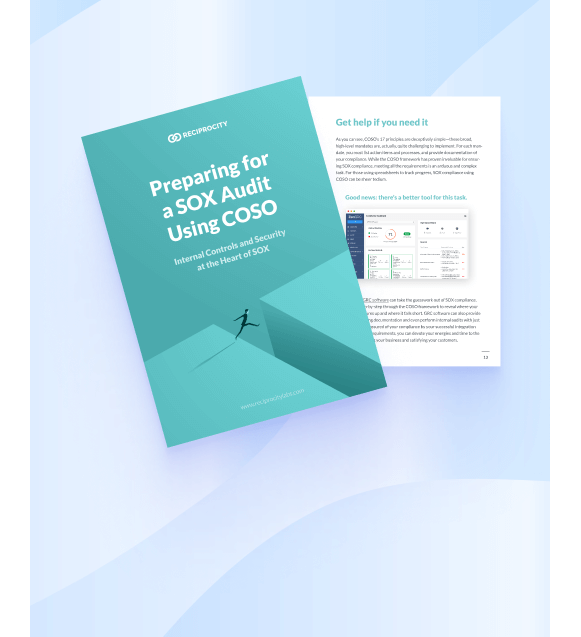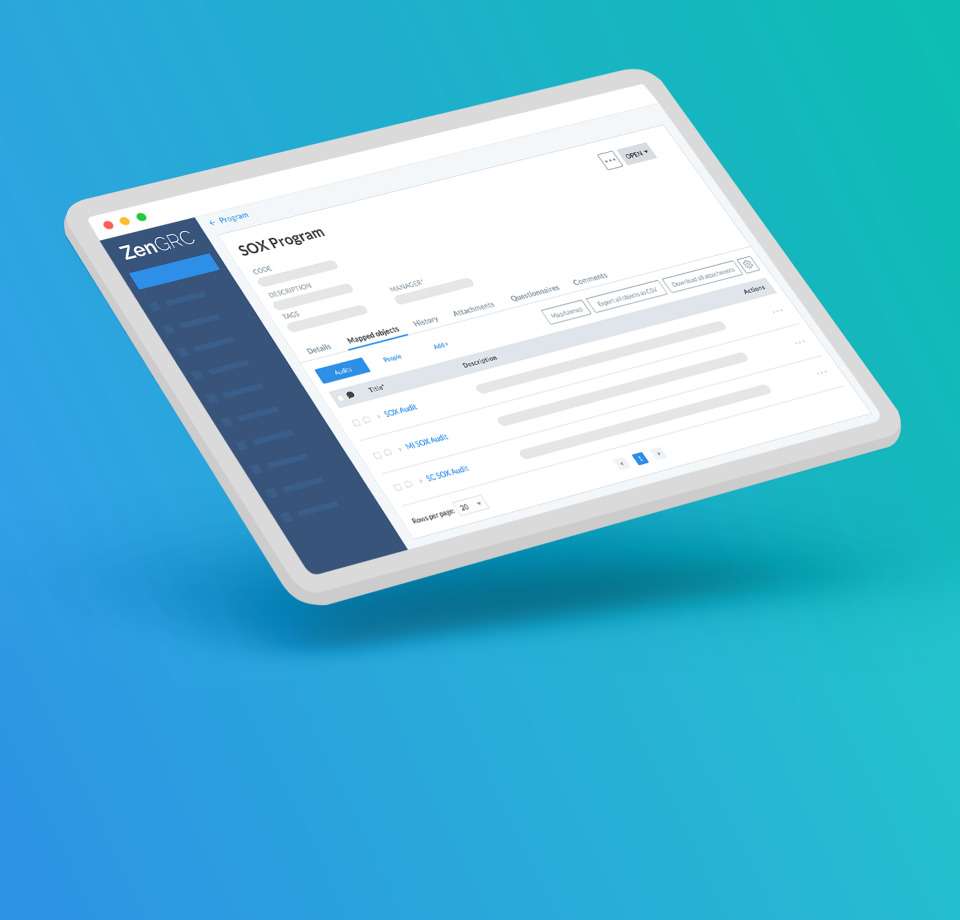Enron, WorldCom, and Tyco became household names in the early 2000s due to massive accounting scandals that destroyed entrepreneurs’ and workers’ public faith in corporate America.
In reaction to these and other scandals, the United States Congress passed the Sarbanes-Oxley Act (SOX) in 2002. The law imposed additional rules to combat accounting fraud in publicly listed corporations and high criminal penalties for executives who commit such fraud.
The heart of Sarbanes-Oxley is a need for strong financial controls to prevent fraud and protect business financial data. “SOX reporting” refers to a company’s efforts to fulfill those criteria.
What is SOX Compliance?
All public companies in the United States must comply with the Sarbanes-Oxley Act (SOX), which was created to provide greater accuracy and transparency of corporate disclosures in financial statements and safeguard investors from fraudulent accounting practices through effective risk management.
To achieve SOX compliance, a company must meet all the requirements outlined in SOX. While the law includes 11 titles, divided further into sections, the most significant SOX compliance requirements are spelled out in Sections 302 and 404.
Section 302 of the Act mandates a set of internal procedures that are designed to ensure accurate financial disclosure. Section 404 requires management and external audit firms to report on the adequacy of the company’s Internal Control on Financial Reporting (ICFR).




 Built by compliance experts for faster time-to-value during the implementation
Built by compliance experts for faster time-to-value during the implementation

